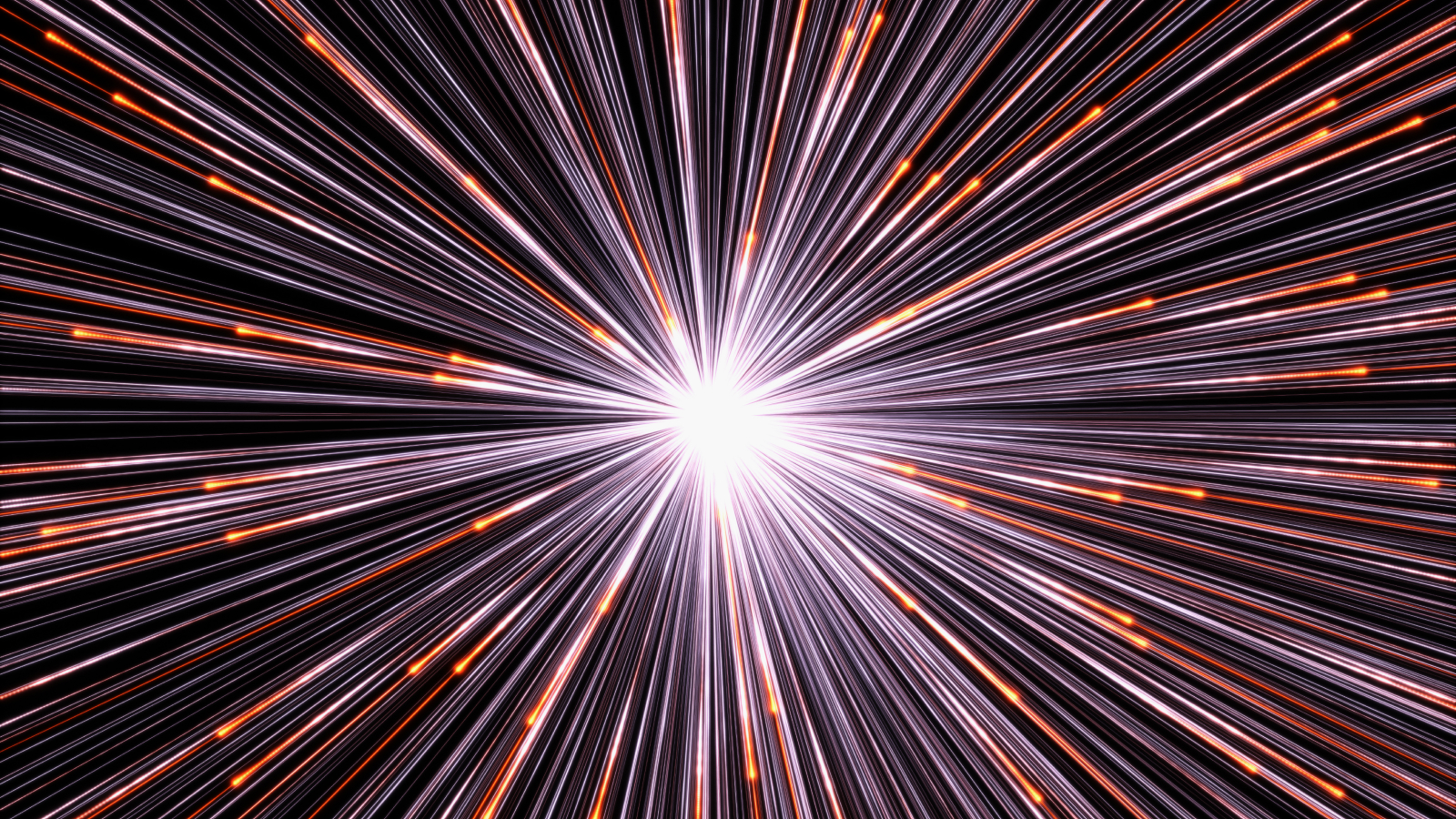
Scientists have created an "exceptionally bright" light source that can generate quantum-entangled photons (particles of light) which could be used to securely transmit data in a future high-speed quantum communications network.
A future quantum internet could transmit information using pairs of entangled photons — meaning the particles share information over time and space regardless of distance. Based on the weird laws of quantum mechanics, information encoded into these entangled photons can be transferred at high speeds while their "quantum coherence" — a state in which the particles are entangled — ensures the data cannot be intercepted.
But one of the key challenges in building a quantum internet has been that the strength of these photons can fade the further they travel; the light sources have not been bright enough. To build a successful quantum internet that can send data over vast distances, photons must be strong enough to prevent "decoherence" — where entanglement is lost and the information they contain disappears.
In research published 24 July in the journal eLight, scientists from Europe, Asia and South America created a new type of quantum signal source using existing technologies that achieves extremely high brightness.
Related: Quantum data beamed alongside 'classical data' in the same fiber-optic connection for the 1st time
They achieved this by combining a photon dot emitter (a generator of single photons, or a particle of light) with a quantum resonator (a device to strengthen the quantum signature) to create the powerful new quantum signal.
What makes the recent research especially interesting is that the individual technologies have been independently proven in laboratories, but they had only been tested separately. This study is the first time they have been used in conjunction with each other.
Researchers combined the photon dot emitter with a circular Bragg resonator (a reflector used to guide electromagnetic waves) on a piezoelectric actuator (a device that generates electricity when heat or stress is applied). Together they created an enhanced form of photon emitter, which can fine-tune the emitted photons for maximum polarized entanglement. This was controlled by using the piezoelectric actuator.
Photon pairs generated by the device had a high entanglement fidelity and extraction efficiency — meaning that each photon is bright enough to be useful and holds its "quantum signature" (a useful quantum property) well. It was previously hard to achieve both a useful level of brightness and a high entanglement fidelity at the same time, because each aspect required a different technology and these were difficult to combine in a scalable manner.
This is a significant step forward in developing practical quantum technologies, demonstrating how they can be combined together to create a more powerful and viable light source.
Unfortunately, we should not expect a quantum internet any time soon, as the various technologies remain in the experimental and development phase. Making the photon emitter used in the study also required toxic raw materials, including arsenic, which required specialist handling. There are also safety concerns around the use of gallium arsenide, which the photon dot emitter was made from. Fisher Scientific, a supplier of laboratory equipment and chemicals for scientific research, lists gallium arsenide as hazardous for several reasons, including its carcinogenic properties.
The safety concerns relating to the use of these materials could limit the scalability of the methodology outlined. Viable alternative materials may therefore need to be identified in generating bright, entangled photons for future quantum communications network
The next stage in the development process will be to integrate a diode-like structure onto the piezoelectric actuator. This would allow an electric field to be generated across the quantum dots, in order to counteract decoherence and therefore boost the degree of entanglement.
Although there are many further steps to take in developing a quantum internet, successfully combining a photon emitter and a resonator to achieve photons with high brightness and entanglement is nonetheless a significant step forward, the scientists said.







